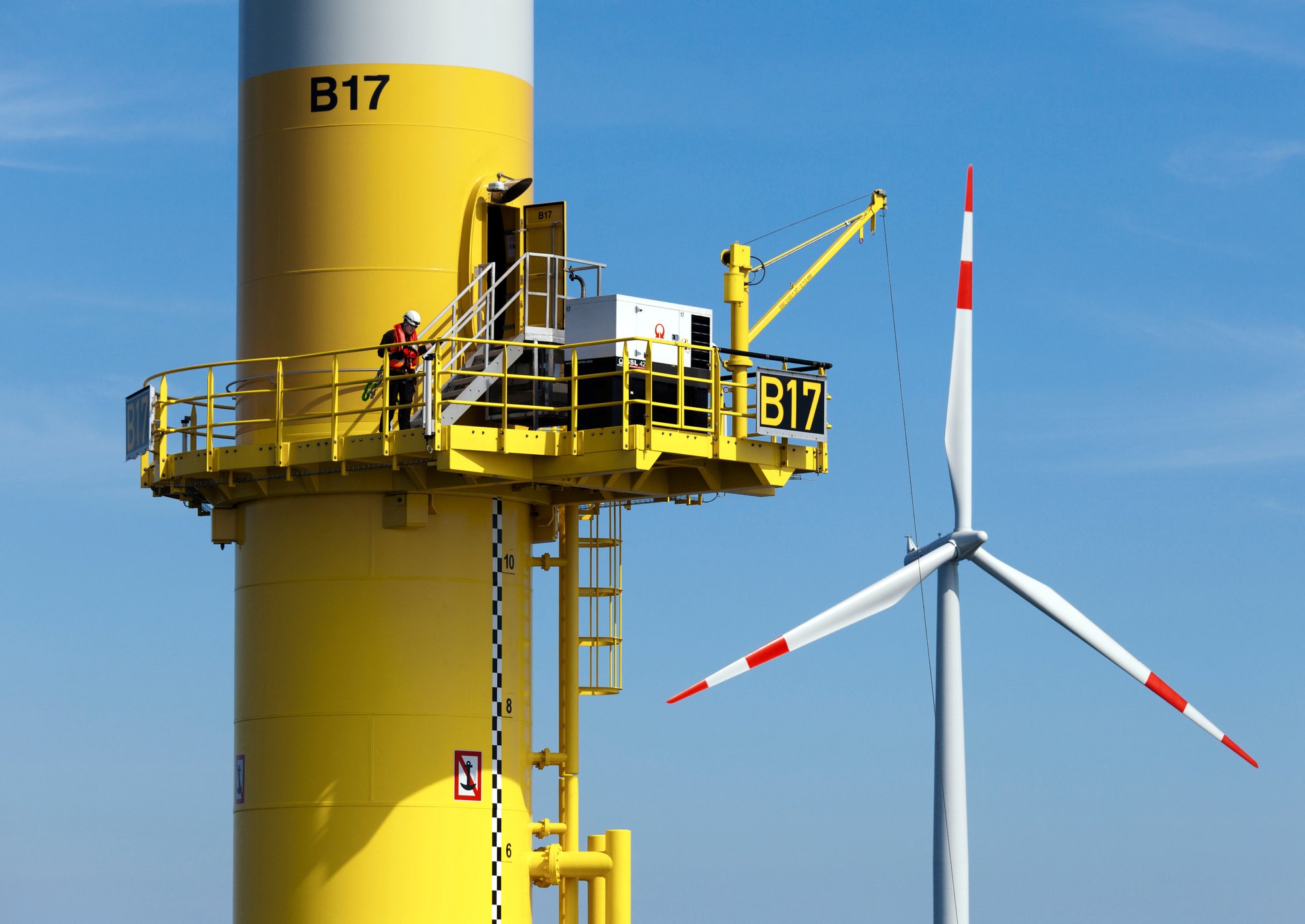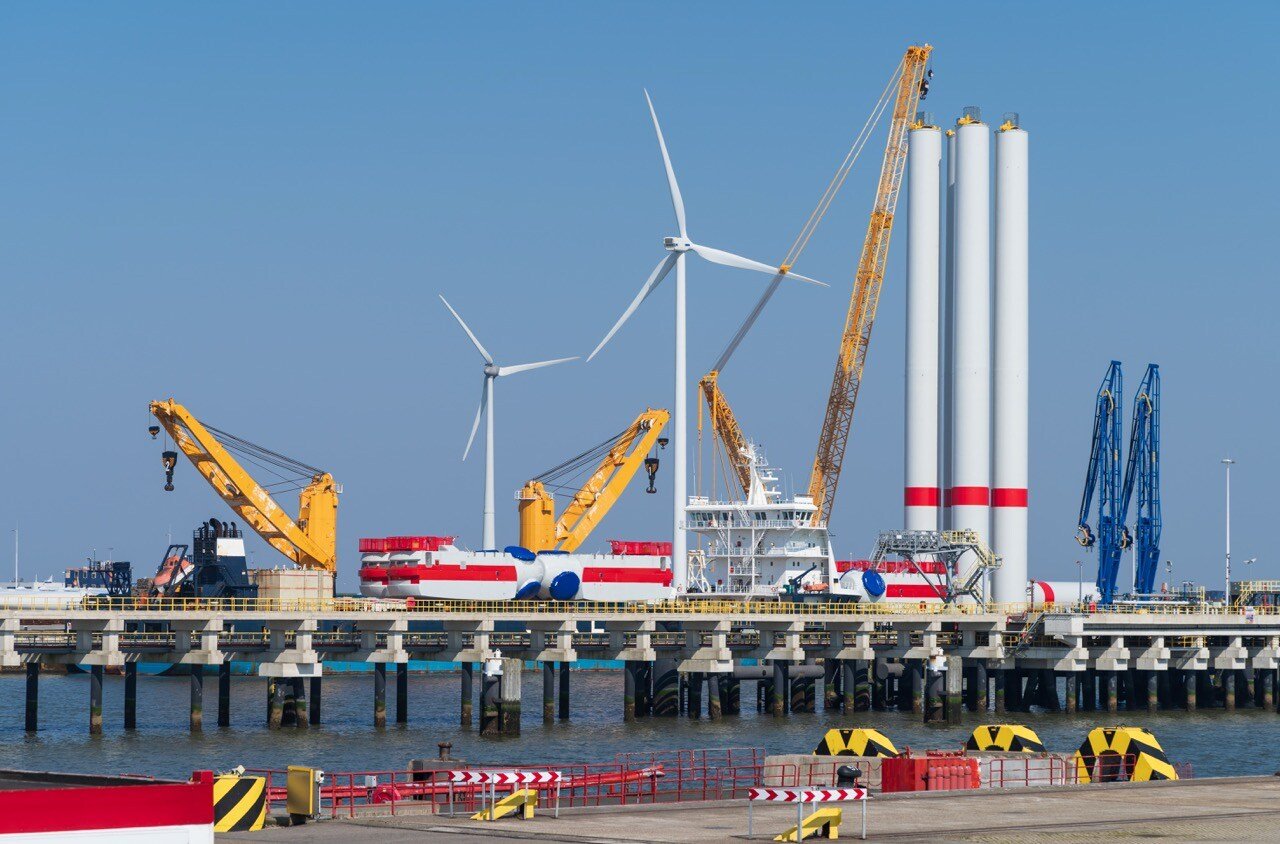HOW OFFSHORE WIND DEVELOPMENT
CAN SUPPORT COASTAL REGENERATION:
GLOBAL OVERVIEW & BEST PRACTICES FOR SOUTH KOREA
해상풍력 발전을 통한 연안지역재생 방안 대한민국을 위한 주요국현황과 모범 사례

OFFSHORE WIND IS AN OPPORTUNITY FOR SOUTH KOREA
Offshore wind has not only emerged as a resilient renewable energy solution for South Korea, but it has also become recognised as an important industrial opportunity, which can aid in the economic revitalisation of key coastal regions.

Overview
The report examines the immense potential that offshore wind presents for South Korea’s coastal areas, with a specific focus on its role in fostering economic benefits and attracting investment.
___
이 보고서는 해상풍력 개발의 핵심적인 경제적 이점과 광범위한 사회 및 환경적 이점을 제시하고, 연안 지역을 재생하기 위해 해상풍력 개발의 이점을 활용할 수 있는 방안에 대해 논의한다.

Key Insights
Economic benefits local cities could derive from offshore wind if the government's offshore wind installation target of 14.3GW is met by 2030:
- Over 770,000 jobs in offshore wind across the value chain at different skill levels (these positions include marine engineers, factory workers, business managers, health and safety specialists, and low- and medium-skilled roles such as catering staff, cleaners, and security personnel).
- A staggering economic investment of approximately 87 trillion won from offshore wind project construction over seven years.
- To develop a 500 MW offshore wind farm, an approximate 2.1 million direct person-days is required, in addition to various indirect or induced jobs, demonstrating the impactful economic benefits that can be brought about through the industry.
- Port investment and developing economic clusters are possible ways that South Korea could employ to further ensure long-term regeneration.
___
또한 2030년까지 계획된 14.3GW의 해상풍력 건설에 따른 예상 부가가치 및 고용을 추정하기 위해 산업연관(IO) 분석을 사용하여 한국 해상풍력 개발의 잠재적인 경제적 영향을 강조한다.



